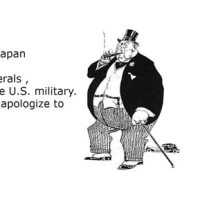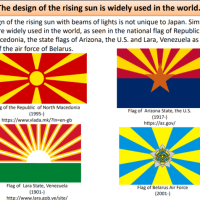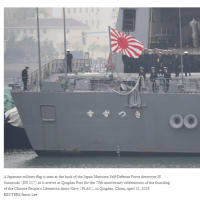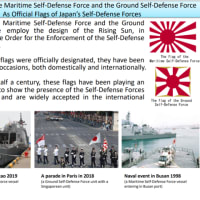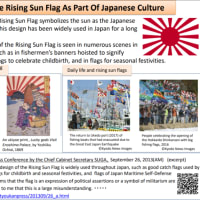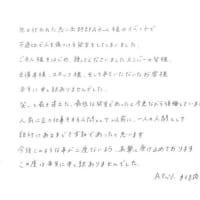(書評)『ヒトラーのモデルはアメリカだった』 ジェイムズ・Q・ウィットマン〈著〉:朝日新聞デジタル https://t.co/V5f7XuNmdA
— mozu (@mozumozumozu) 2018年10月22日
実際には、これは突飛(とっぴ)な議論ではない。1790年の米国初の帰化法は、対象を「自由な白人」に限定した。その後、非白人も市民と認められるようになるが、19世紀後半にはアジア系移民の排斥法が制定され、黒人、先住民、フィリピン人やプエルトリコ人も二級市民に貶(おとし)められていく。
人種間混交の排除でも米国は際立った。優生学が流行した20世紀初頭には各州で異人種混交禁止法が導入される。人種主義的社会秩序の構築も進み「血の一滴の掟(ワンドロップルール)」により黒人を分類する慣行が広まった。
Hitler’s American Model
The United States and the Making of Nazi Race Law
via wiki
Begin with eugenics. A ruthless program of eugenics, designed to build a “healthy”society, free of hereditary defects, was central to Nazi ambitions in the 1930s. Soon after taking power, the regime passed a Law to Prevent the Birth of the Offspring with Hereditary Defects, and by the end of the decade a program of systematic euthanasia that prefigured the Holocaust, including the use of gassing, was under way.25 We now know that in the background of this horror lay a sustained engagement with America’s eugenics movement. In his 1994 book The Nazi Connection: Eugenics, American Racism, and German National Socialism, historian Stefan Kühl created a sensation by demonstrating that there was an active back-and-forth traffic between American and Nazi eugenicists until the late 1930s, indeed that Nazis even looked to the United States as a “model.”2
To that end they were determined to establish a citizenship regime that would be firmly founded on racial categories. They were further determined to prevent mixed marriages between Jews and “Aryans,” and to criminalize extramarital sex between members of the two communities.36 In both respects they found, and elcomed, precedent and authority in American law, and by no means just in the law of the South. In the 1930s the United States, as the Nazis frequently noted, stood at the forefront of race-based lawmaking. American immigration and naturalization law, in the shape of a series of laws culminating in the Immigration Act of 1924, conditioned entry into the United States on race-based tables of “national origins.” It was America’s racebased immigration law that Hitler praised in Mein Kampf, in a passage that has been oddly neglected by American legal scholars; and leading Nazi legal thinkers did the same after him, repeatedly and olubly. The United States also stood at the forefront in the creation of forms of de jure and de facto second-class citizenship for bs, Filipinos, Chinese, and others; this too was of great interest to the Nazis, engaged as they were in creating their own forms of second-class citizenship for Germany’s Jews. As for race mixing between the sexes, the United States stood at the forefront there as well. America was a beacon of anti-miscegenation law, with thirty different state regimes—many of them outside the South, and all of them (as we shall see) carefully studied, catalogued, and debated by Nazi lawyers. There were no other models for miscegenation legislation that the Nazis could find in the world, a fact that Justice Minister Gürtner highlighted at the June 5, 1934, meeting with which I began. When it came to immigration, second-class citizenship, and miscegenation, America was indeed “the classic example” of a country with highly developed, and harsh, race law in the early 1930s, and Nazi lawyers made repeated reference to American models and precedents in the drafting process that led up to the Nuremberg Laws and continued in their subsequent interpretation and application. The tale is by no means one of “astonishing insignificance.”
First and foremost, the United States offered the model of anti-miscegenation legislation. The notion that marriage between “superior” and “inferior” races should be avoided was widespread in the world in the age of early twentieth-century eugenics.
Indeed in Mein Kampf Hitler praised America as nothing less than “the one state” that had made progress toward the creation of a healthy racist order of the kind the Nuremberg Laws were intended to establish











